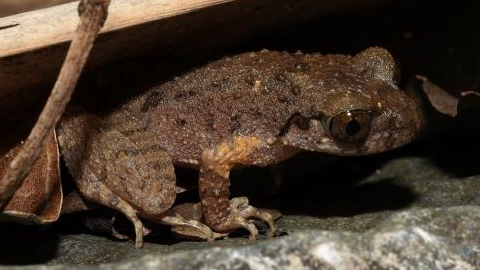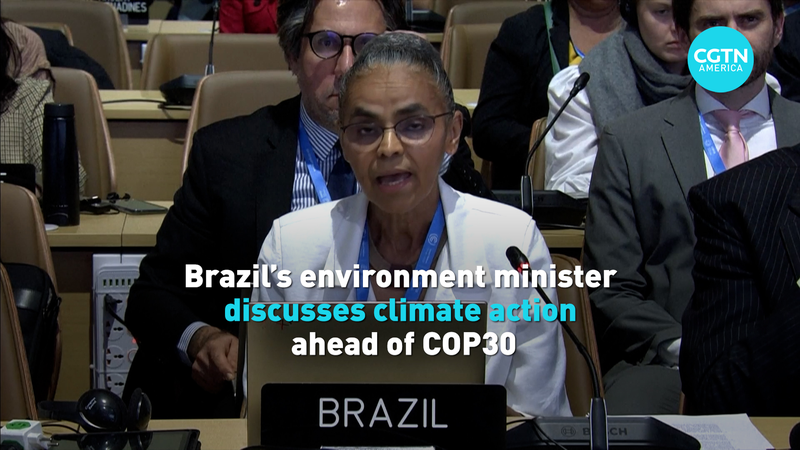Brazil is grappling with its most severe drought in over seven decades, marking a critical period for the nation’s environment and economy. According to recent data, a staggering 59 percent of Brazil is currently under drought stress—an area approximately half the size of the United States.
The Amazon River, a vital waterway for both the ecosystem and local communities, has plummeted to unprecedented low levels. This decline threatens the biodiversity of the region, disrupts water supply for millions, and poses significant challenges for agriculture and industry.
Experts attribute the drought to a combination of prolonged dry spells, deforestation, and the broader impacts of climate change. The reduced rainfall has not only impacted water levels but also exacerbated wildfires, further endangering the lush rainforest that plays a crucial role in global carbon dioxide absorption.
Governments and organizations are urgently seeking solutions to mitigate the effects of the drought. Efforts include implementing more sustainable water management practices, promoting reforestation projects, and enhancing resilience against future climate anomalies. The situation underscores the urgent need for coordinated global action to address environmental challenges that transcend national borders.
As Brazil navigates this environmental crisis, the world watches closely, recognizing the Amazon's pivotal role in maintaining global ecological balance and the far-reaching consequences of its decline.
Reference(s):
Amid Brazil's worst drought, the Amazon falls to a record low level
cgtn.com




